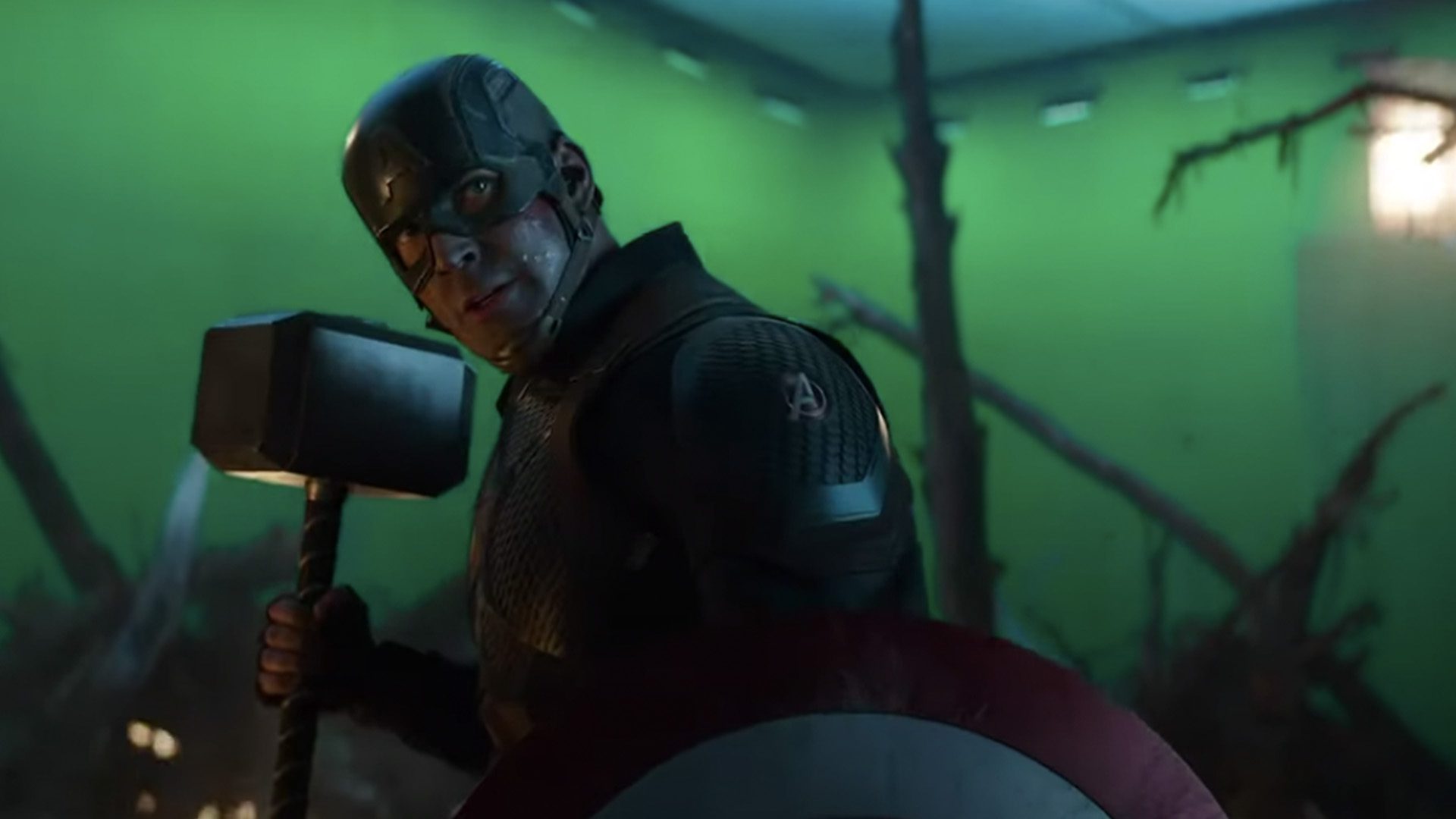Marvel’s recent announcement regarding their phase 6 titles has left their fans excitedly buzzing with theories. Will Doctor Doom be making his way back to the big screen? Will Charlie Cox’s Daredevil get his own movie after his upcoming TV show? Will the X-Men finally be joining the MCU? Amidst all of the excitement, Marvel’s VFX artists have recently spoken out about their less than ideal working conditions with Marvel.
In a recently published Vulture article, a former Marvel VFX artist discusses the difficulties of working on their projects. The writer, who chose to remain anonymous for the piece, stated:
“It’s pretty well known and even darkly joked about across all the visual-effects houses that working on Marvel shows is really hard. When I worked on one movie, it was almost six months of overtime every day. I was working seven days a week, averaging 64 hours a week on a good week…. I’ve had co-workers sit next to me, break down, and start crying. I’ve had people having anxiety attacks on the phone.”
As artists, it’s difficult to voice these concerns and have them heard because they often won’t be offered future projects. To get work with Marvel, houses must bid on every project, each attempting to go slightly under the previous bid. Marvel is in a beneficial position in this arrangement as they’re able to spend less money, but this also forces many of their projects to be understaffed, “Where I would usually have a team of ten VFX artists on a non-Marvel movie, on one Marvel movie, I got two including myself. So every person is doing more work than they need to.”
Marvel is also notorious for asking for an excess of changes, which means artists who are already overworked are forced to make more than the average number of edits with higher levels of difficulty. Vulture’s source also stated, “Maybe a month or two before a movie comes out, Marvel will have us change the entire third act. It has really tight turnaround times. So yeah, it’s just not a great situation all around. One visual-effects house could not finish the number of shots and reshoots Marvel was asking for in time, so Marvel had to give my studio the work. Ever since, that house has effectively been blacklisted from getting Marvel work.”

Many of Marvel’s directors aren’t familiar with visual effects, so they often ask for what are called “final renders”, which involve sending work-in-progress images so the directors can better visualize the final product. According to the source, they have a tendency to ask for these renders at a higher quality than is typical as they have trouble visualizing the end result, which again involves a lot more work for the artists than a typical project. And when there isn’t a director of photography involved, this also causes VFX artists to have the bulk of the responsibility to create shots and this can cause both continuity and physics errors.
Some of these difficulties are industry problems, but most television and movie projects don’t have the same level of power and name recognition as Marvel. As Marvel continues to move forward into its next phase of films, we hope to see them move into an improved phase for their VFX artists as well.
For more of the latest news, check out Saudi Arabia’s plan to build skyscrapers that run for 75 miles, places that will pay you to relocate, Google’s public testing of its AR glasses, the 300-year-old garden, and a heatwave revealed.




